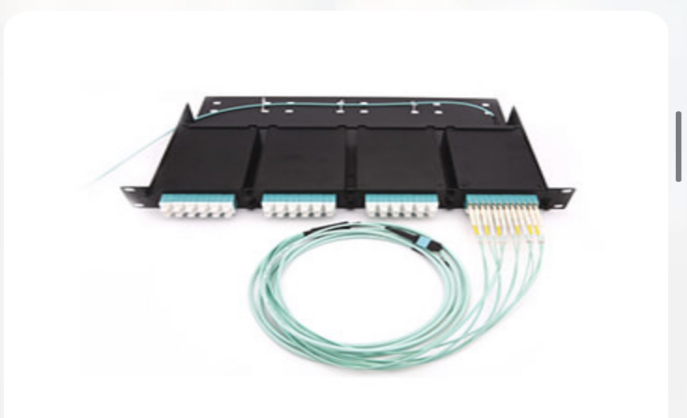News
Site Editor
 Site
https://leonetworkgroup.usa18.wondercdn.com/uploads/image/5fe152faa587d.png
Because the incident angle is greater than the critical angle, the phenomenon of total internal reflection occurs regularly, causing the light beam to travel in a zigzag pattern.
The light beam reaches the receiving end of the fiber by following the total internal reflection several times.
Site
https://leonetworkgroup.usa18.wondercdn.com/uploads/image/5fe152faa587d.png
Because the incident angle is greater than the critical angle, the phenomenon of total internal reflection occurs regularly, causing the light beam to travel in a zigzag pattern.
The light beam reaches the receiving end of the fiber by following the total internal reflection several times.
Principle of Transmission of a Fiber Optics System
Views: 1081
Author: Site Editor
Publish Time: 2023-01-27
Origin: Site
Fiber-optic system communication is a method of transmitting data from one location to another by sending infrared light pulses through an optical fiber. The transmission principle of fiber optics is described in detail below.
Total internal reflection governs the signal transmission phenomenon in fiber optics and the fiber optics system transmits data in the form of a photon beam, which is a light wave. The light wave has properties such as reflection and refraction.
When the light beam enters the core diameter, it makes a small incident angle on the core.
However, due to the cladding material's low refractive index, the light beam is completely reflected inside the core. This is referred to as total internal reflection.
Because the incident angle is greater than the critical angle, the phenomenon of total internal reflection occurs regularly, causing the light beam to travel in a zigzag pattern.
The light beam reaches the receiving end of the fiber by following the total internal reflection several times.

1. Telecommunications via Fiber Optic System Transmission
As previously stated, fiber optics system transmit signals in the form of light waves. The technology, on the other hand, is used in applications such as telecommunication, audio, video, and image data transmission.
In such cases, the transmission phenomena of fiber optic cable are slightly different, but the main transmission principle remains the same.
The transmission of telecommunication signals via fiber optic is a full-duplex operation.
A transmitter is integrated at the input end of the fiber optic cable, and a receiver is integrated at the output end.
The telecommunication audio signal is received by the transmitter in the form of electric waves.
Because the transmitter is made up of semiconductor LEDs or laser sources, the signal is converted into an optical wave.
To avoid data loss, the optical conditioned beam is relayed via optical fiber, which ensures that there is no signal dispersion, distortion, or diminishment.
When the light wave arrives at the receiver, it is deconditioned to an electrical signal. However, the signal is captured by the receiver using semiconductor photodetectors, and the data is then converted into an electrical signal by a fiber optic system converter.
2. Connectors and Installation for Fiber Optics System Networking
Fiber optics are used to connect various devices in a network. Fiber optic cables connect devices such as receivers, transmitters, signal multiplexers, and so on. Fiber optic connectors are used to connect or terminate the cables.
In fiber optic topology or networking, there are two methods of fiber optic termination, which are detailed below.
l Splicing: Fiber optic splicing is a data transmission technique that involves aligning two fiber optic cables. Both fiber optic cables' centerlines are aligned, which means the cores are set inline for dispersion-free data transmission.
l Connector termination: The fiber optic connectors are plug-and-play. They serve as a connecting intermediate device between two fiber optic cables. Fiber optic cables can be screwed, latched, or snapped together depending on the type of connector.
Partner with us for the best fiber optic system
The development of transmittal devices is constantly evolving. As an experienced and reputable fiber optic system supplier, we manufacture standard fiber optic systems and other system components, to meet customer demands
kindly click to see our various designs and offers by clicking here. We hope to work with you again in the future.
If you want to know more about industrial network cabinet,china fiber optic splice closure,china fiber optic distribution box,please consult the fiber optic splice closure factory




